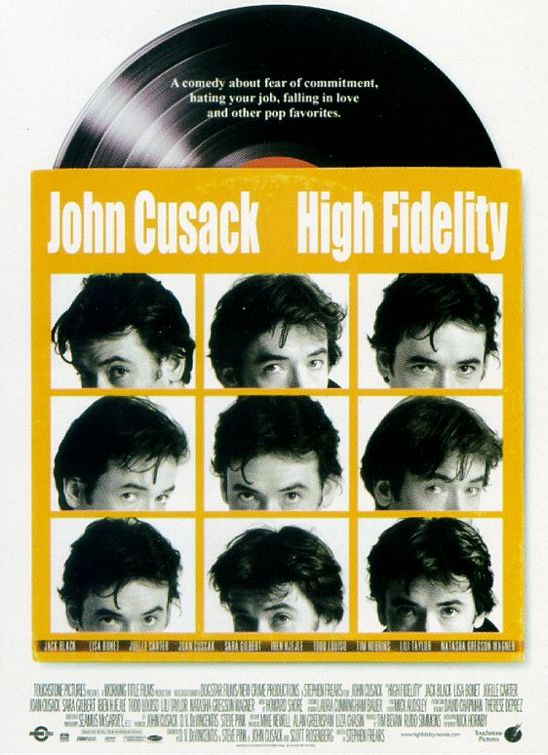Westword, the Denver Foodblog, offers their take on the top-10 movies scenes that may cause the viewer to lose their lunch. Edited below.
10. National Lampoon’s Christmas Vacation (1997)
The turkey is nearly carbonized, the chewing noises are atrocious, Uncle Eddie calls dibs on the neck, and Aunt Bethany puts cat food in the green Jell-O
9. Alive (1993)
A plane carrying a Uruguayan soccer team crashes in the Andes, and in an attempt to survive, the players end up eating the corpses of those who have already perished.
 8. American Pie (1999)
8. American Pie (1999)
Who wouldn’t want to do an apple pie?
7. Animal House (1978)
"I’m a zit, get it?"
6. The Great Outdoors (1998)
The Old 96er," a 96-ounce prime beef that guarantees you and yours a free dinner. Canadians John Candy and Dan Aykroyd shine.
5. Austin Powers: The Spy Who Shagged Me (1999)
Another Canadian. Mike Myers as Fat Bastard and that stool sample.
 4. Waiting (2005)
4. Waiting (2005)
The restaurant biz viewed from the kitchen. With Canadian Ryan Reynolds. There’s a pattern here.
3. The Exorcist (1973)
Split pea soup was never the same after little Regan MacNeil and her demons.
2. Hannibal (2001)
Hannibal Lecter’s Silence of the Lambs dinner of liver, chianti, and fava beans sounds downright edible after watching this follow-up flick ten years after he first meets Clarice Starling.
1. Monty Python’s The Meaning of Life (1983)
It’s just a wafer-thin mint, Mr. Creosote.


 3. Junk-free foods — additives, preservatives, colors, flavors or otherwise unknown ingredients listed on food labels.
3. Junk-free foods — additives, preservatives, colors, flavors or otherwise unknown ingredients listed on food labels.